Sa Huynh Traditional Salt Marshes
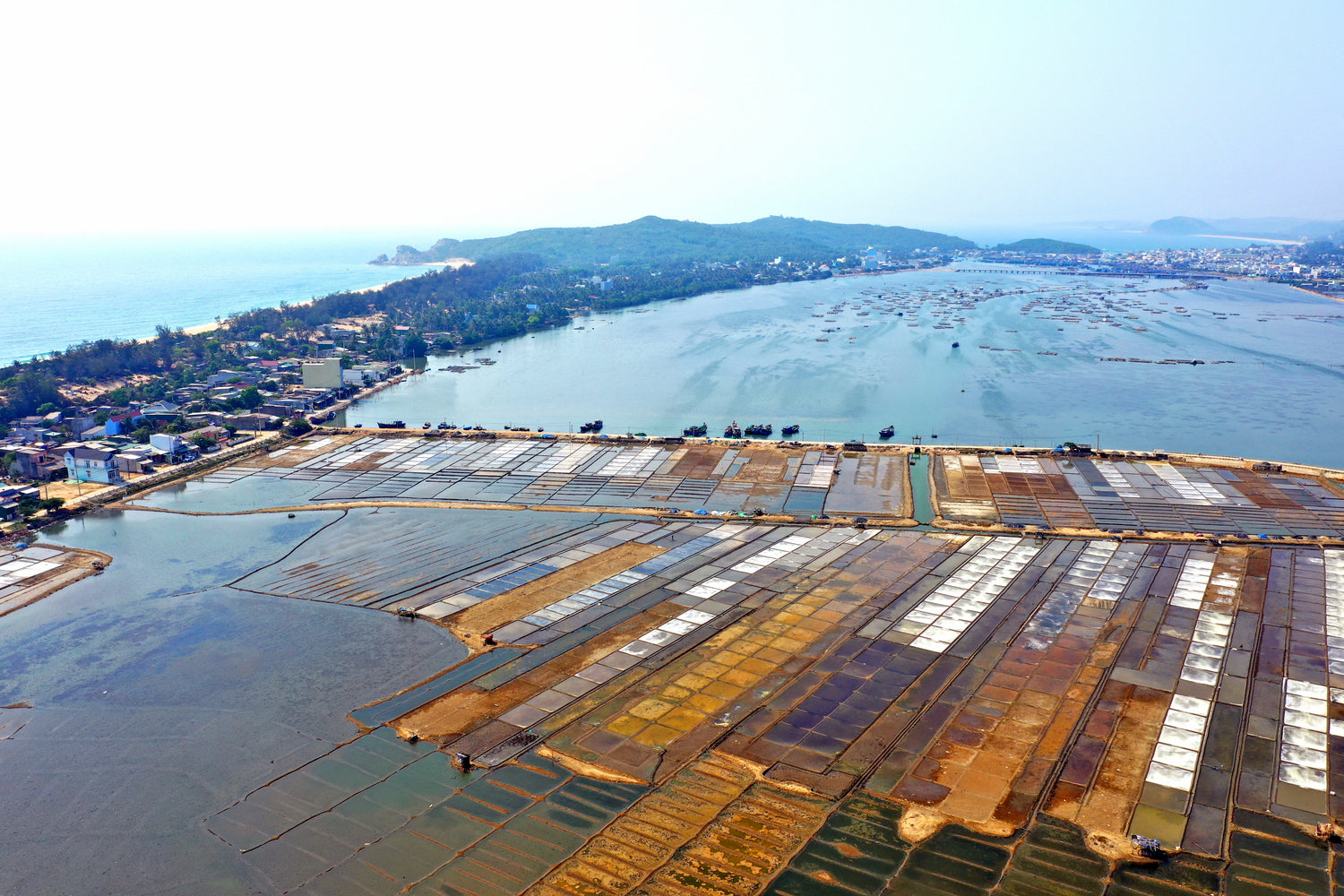
HISTORY
The Sa Huynh salt mars have a long-standing history, estimated by the local salt-making community to span approximately 1,000 years, though no written records exist to confirm this. According to local lore, a man with the surname Ngo from The North traveled to Sa Huynh and pioneered the salt fields there. Today, he is revered as the "Patron of the Salt-Making Profession," with an annual worship ceremony held on the 15th day of the 7th lunar month, in line with local customs and traditions.
From 1884 to 1945, the Sa Huynh salt marshes were managed by the French. During this period, salt production was conducted continuously, following a cultivation method similar to European salt-making practices, a technique that has been preserved and maintained to this day.

Sa Huynh community of salt people
The Sa Huynh salt marshes are collectively owned by the local salt-making community, where the craft has been passed down through generations. Today, Sa Huynh is home to skilled salt workers who produce high-quality salt crystals and delicate salt flowers on the rich, fertile land.
The salt workers actively engage in cultural activities, sharing their history and ancestral stories, and working together to preserve the traditions and the craft inherited from their forebears.
Photo: Salt workers honoring the Patron of the Salt-Making Profession during the annual ceremony held on the 15th day of the 7th lunar month.

The traditional method of making solar sea salt
-
Take advantage of the tides
Harnessing the ocean tides, seawater is channeled into the salt fields and left under the sun for several days. This process allows impurities to settle and the water to reach the ideal salinity for salt crystallization.
-
Use mineral-rich clay soil
The crystallization ponds are made of natural sedimentary clay, rich in minerals. This clay base keeps the salt beds cool, allowing the salt to crystallize slowly, resulting in sea salt with a mild, flavorful taste and a rich mineral content.
-
Preserve tradition
The Sa Huynh salt marshes are among the few places in Vietnam that still preserve the traditional method of salt production on clay ponds. Thanks to its unique soil and geographical conditions, Sa Huynh salt workers produce pristine, high-quality white salt directly on the natural clay surface.
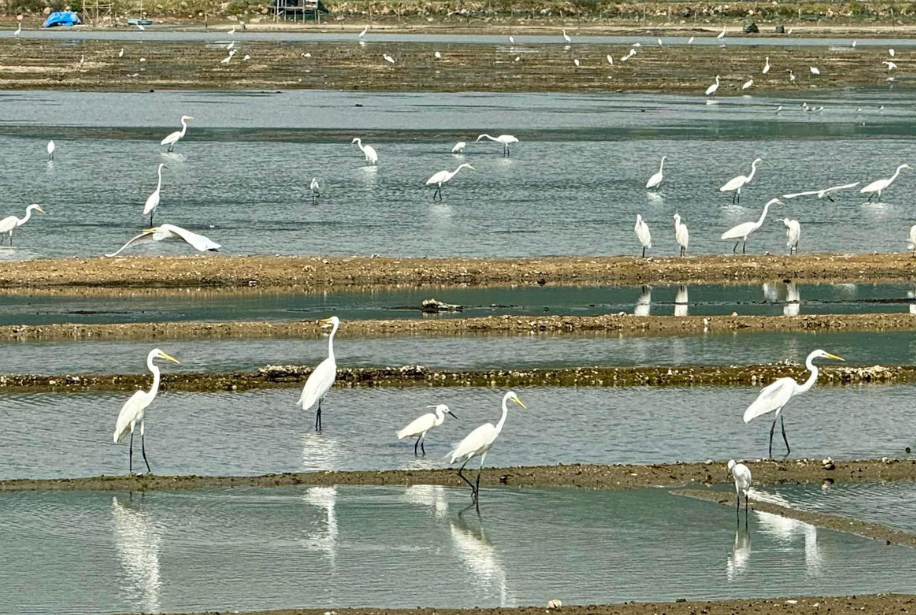
Biodiversity in the Traditional Sa Huynh Salt Marshes
The salt-making area can be regarded as a unique ecosystem, encompassing a wide range of microorganisms, diverse animal populations, and plant species. The process of harvesting sea salt contributes to the development of biodiversity, supporting characteristic flora and fauna of wetland environments.
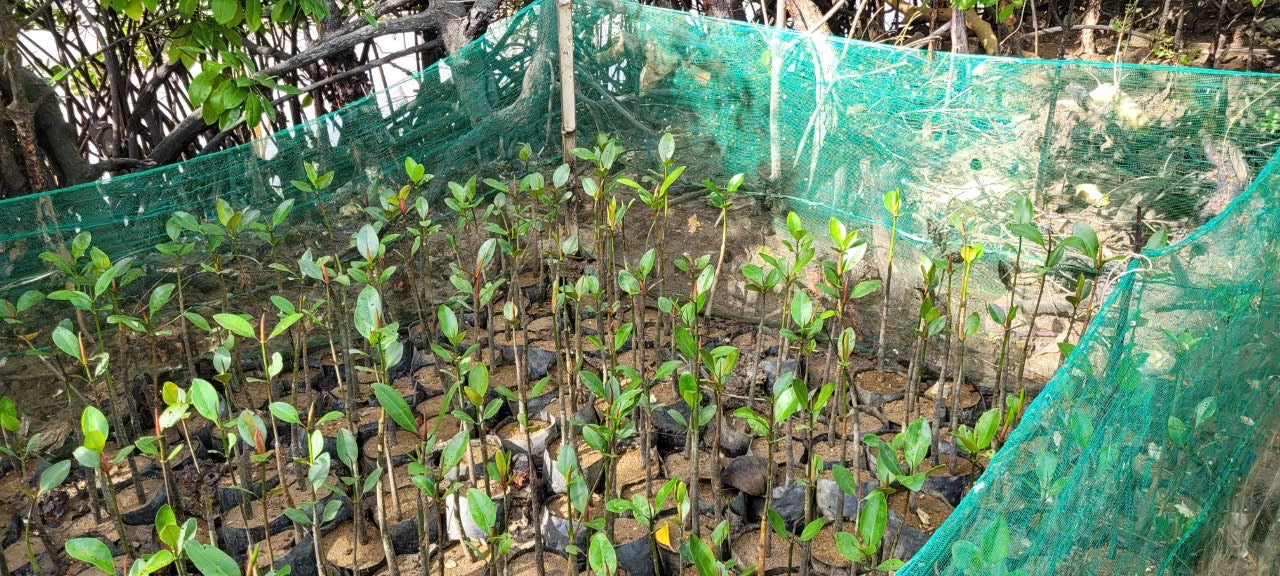
Preservation of the Traditional Sa Huynh Salt marshes
The preservation of the traditional Sa Huynh salt marshes is being carried out through environmental protection, mangrove forest restoration in saltwater lagoons, and the development of community-based tourism. These efforts have been undertaken by Sa Huynh salt workers, local residents, and authorities, in collaboration with Sahu, since 2024. This initiative is part of the project "Preserving Salt Fields in Tandem with Community-Based Tourism Development in Pho Thanh Ward," led by the Pho Thanh Ward Farmers’ Association and supported by the United Nations Development Programme (UNDP) and the Global Environment Facility’s Small Grants Programme (GEF-SGP).
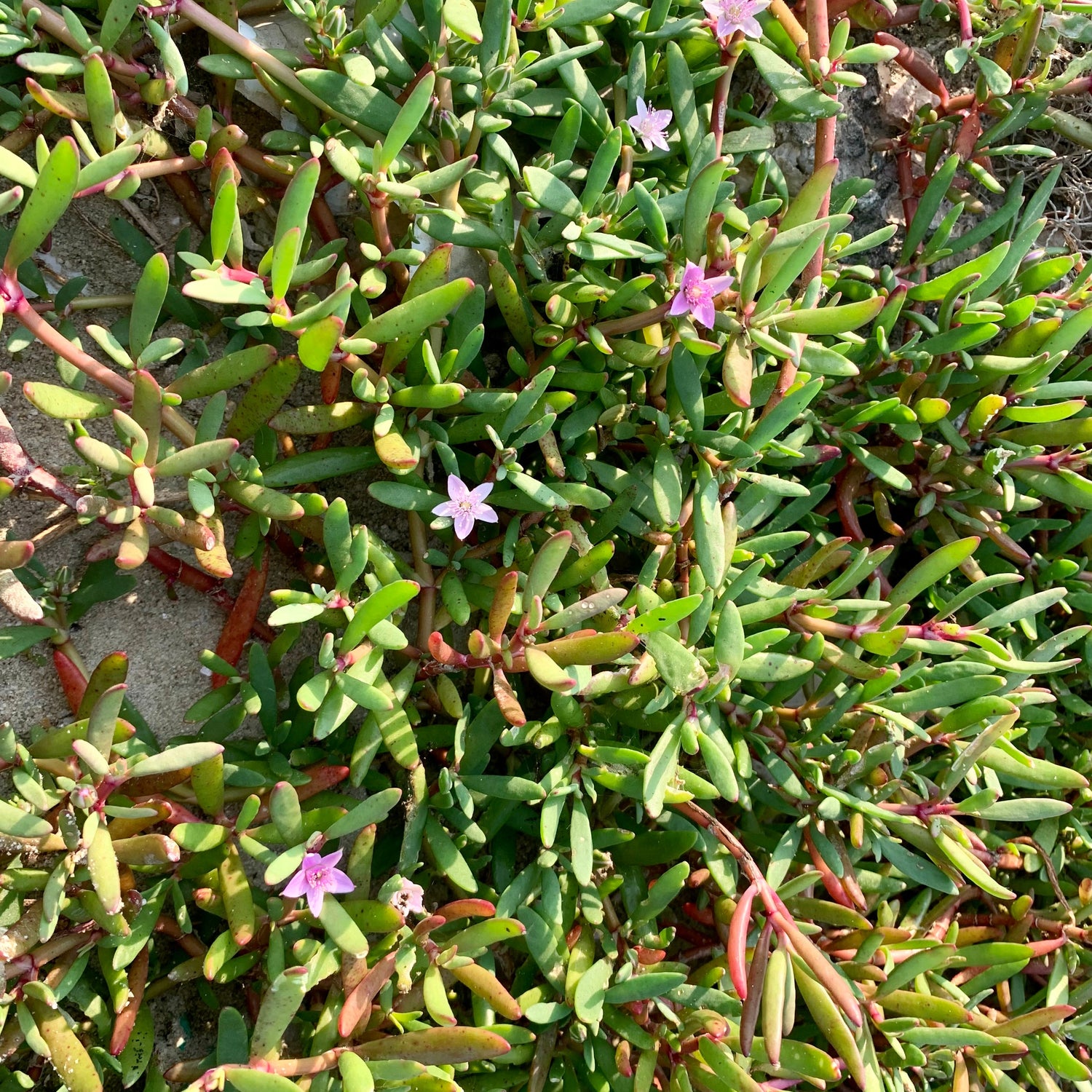
The Ecosystem of the Salt marshes
The varying depths and salinity levels of the ponds in the salt marshes create favorable conditions for the growth of a diverse range of flora and fauna, including herons, storks, fish, shrimp, crabs, seaweed, purslane, and bulrush.
These salt marshes also serve as habitats for numerous microflora, microfauna, and microorganisms, such as algae, bacteria, mollusks, and worms, contributing to the rich biodiversity of the ecosystem.
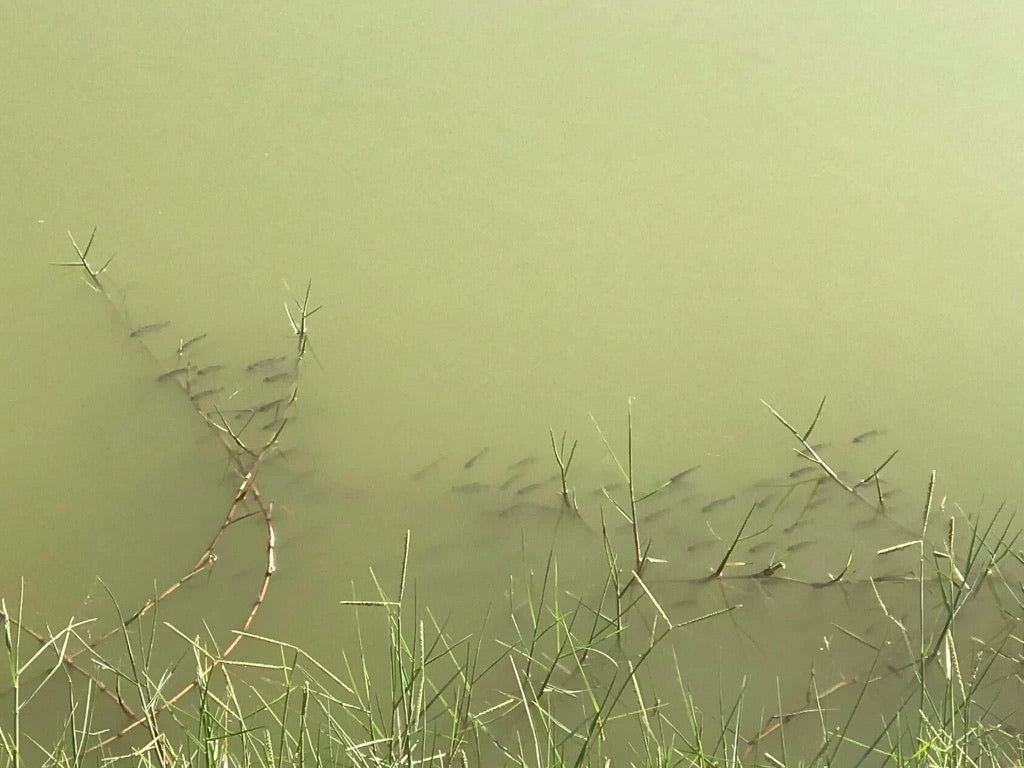
The seaweed in the salt serves as food for fish and shrimp, providing an additional source of livelihood for salt workers after the salt production season ends (as salt is only harvested during the dry season each year).
The traditional Sa Huynh salt marshes also play a role in regulating the local climate and mitigating flooding. Surrounding the salt fields, bulrush plants—a species adapted to saline environments—help protect the area from storms.
Photo: A school of fish swimming in the salt marshes
- Learn more about "Sahu Salt" -
